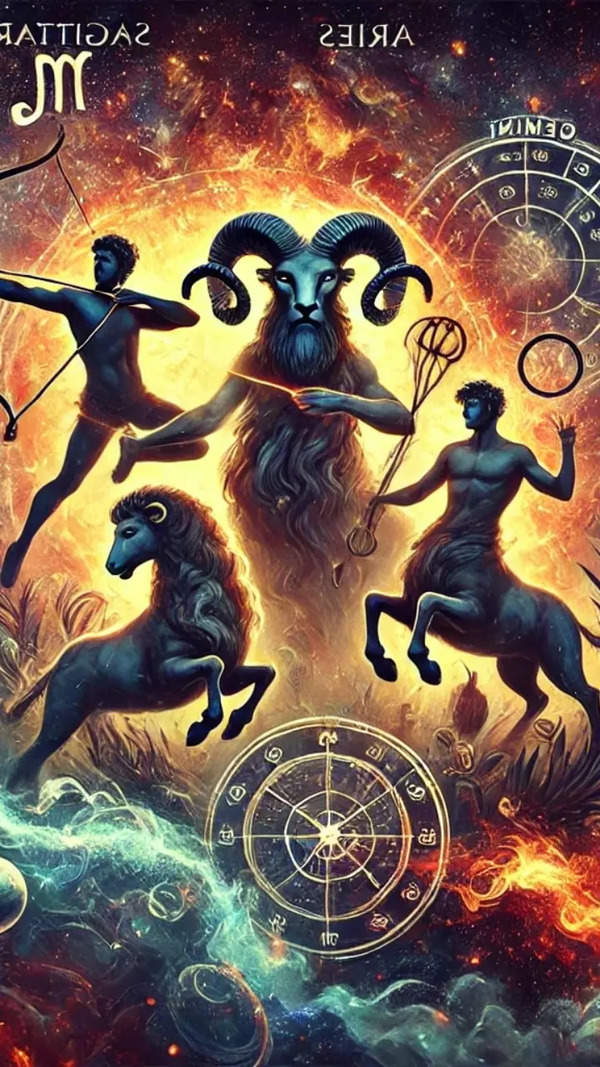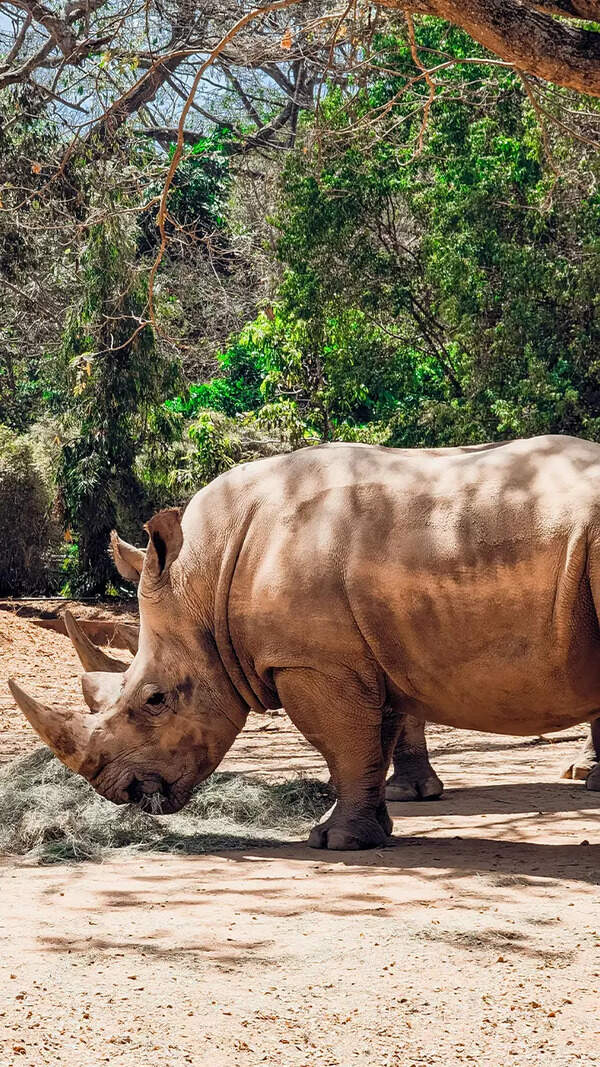- News
- City News
- chandigarh News
- 'Khalistan demand was raised to counter Pakistan Resolution adopted by Muslim League'
Trending
'Khalistan demand was raised to counter Pakistan Resolution adopted by Muslim League'
Shiromani Akali Dal's transformation from a panthic party to its current state is explored in Jagtar Singh's book 'Sikh Struggle Documents 1920-2022'. The book includes important historical documents, detailing the party's initial objectives tied to national and Sikh aspirations and its involvement in the freedom movement.
CHANDIGARH: At the time when the Shiromani Akali Dal (SAD) seems to be facing a crisis, an insight into its earlier constitutions throws light on its transformation overtime from being a panthic party and the articulator of Sikh ambitions and aspirations.
A new book ‘Sikh Struggle Documents 1920-2022’ by senior journalist Jagtar Singh carries the earlier constitutions of the party upto the one uploaded on the website of the Election Commission. The book comprises 181 documents relating to the religio-political narrative of Punjab beginning 1920. Most of these documents are from original sources and not part of the public domain. And the first point in the very first manifesto of the party on which it contested the 1936 elections stated: “To strive for complete freedom. Cooperation with those parties for this purpose having the same objective.”
The party constitution as adopted in 1948 with its earlier 1940 version as its basis talks not only of the Panth but also the country and the oppressed. The very first objective of that constitution states: “The main objective of the Shiromani Akali Dal the Panth, the country and the oppressed”. (Shiromani Akali Dal Da Mukh Mantav Panth, Desh Te Mazloomaan Di Sewa Karna Hai).
The author, Jagtar Singh said, “Akali Dal at that time had evolved as part of the national narrative and was closely linked with the freedom movement. Leaders like Mahatma Gandhi used to participate in Sikh conventions. During the present time, it is the Sikh narrative that is one of the factors impacting India’s geo-politics.”
Similarly, at a time when the Khalistan narrative is impacting India’s geopolitics, this demand had failed the democratic test way back in 1946 when the Shiromani Akali Dal contested the elections on the agenda of separate and exclusive sovereign Sikh state. The party had then entered into a limited alliance with the Congress.
He said, The concept of Khalistan first emerged in 1940 as a response to the Pakistan Resolution adopted by the Muslim League. Initially proposed by Dr. Vir Singh Bhatti of Ludhiana, the idea of an independent Sikh state garnered more attention from Congress than from the Akali Dal itself.”
The book includes a collection of original documents related to these issues, both during and after the partition. It also includes manifestos from the Shiromani Akali Dal, various party constitutions, and important documents relating to the militant struggle.
Stay updated with breaking news, weather updates, bank holidays and upcoming public holidays in march.
End of Article
FOLLOW US ON SOCIAL MEDIA








